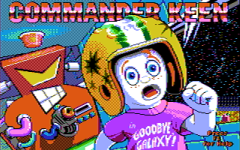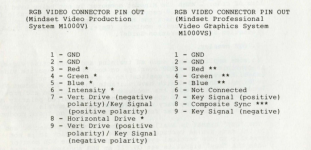falter
Veteran Member
I've posted a few pics around of Mindset sample artwork, which I find really impressive. Others seem to as well. However every now and again I get a comment back: "bah, CGA composite could do that". But I don't think it really could, could it? I mean yes, you could get 16 colors, but it was via artifacting, not because the machine actually could generate 16 colors straight up. Am I wrong on that? Whenever I look at CGA composite art or games, it always looks blurry and color fringy to me like the Apple.
Below I have two pics. The girl with the crystal ball is from the Mindset. The one on the right is a CGA rework of Commander Keen. I find Keen looks kinda blurry by comparison, although the Mindset photo is dimmed a bit from composite capture. Obviously it would be even sharper with RGB.


Below I have two pics. The girl with the crystal ball is from the Mindset. The one on the right is a CGA rework of Commander Keen. I find Keen looks kinda blurry by comparison, although the Mindset photo is dimmed a bit from composite capture. Obviously it would be even sharper with RGB.


Last edited:


